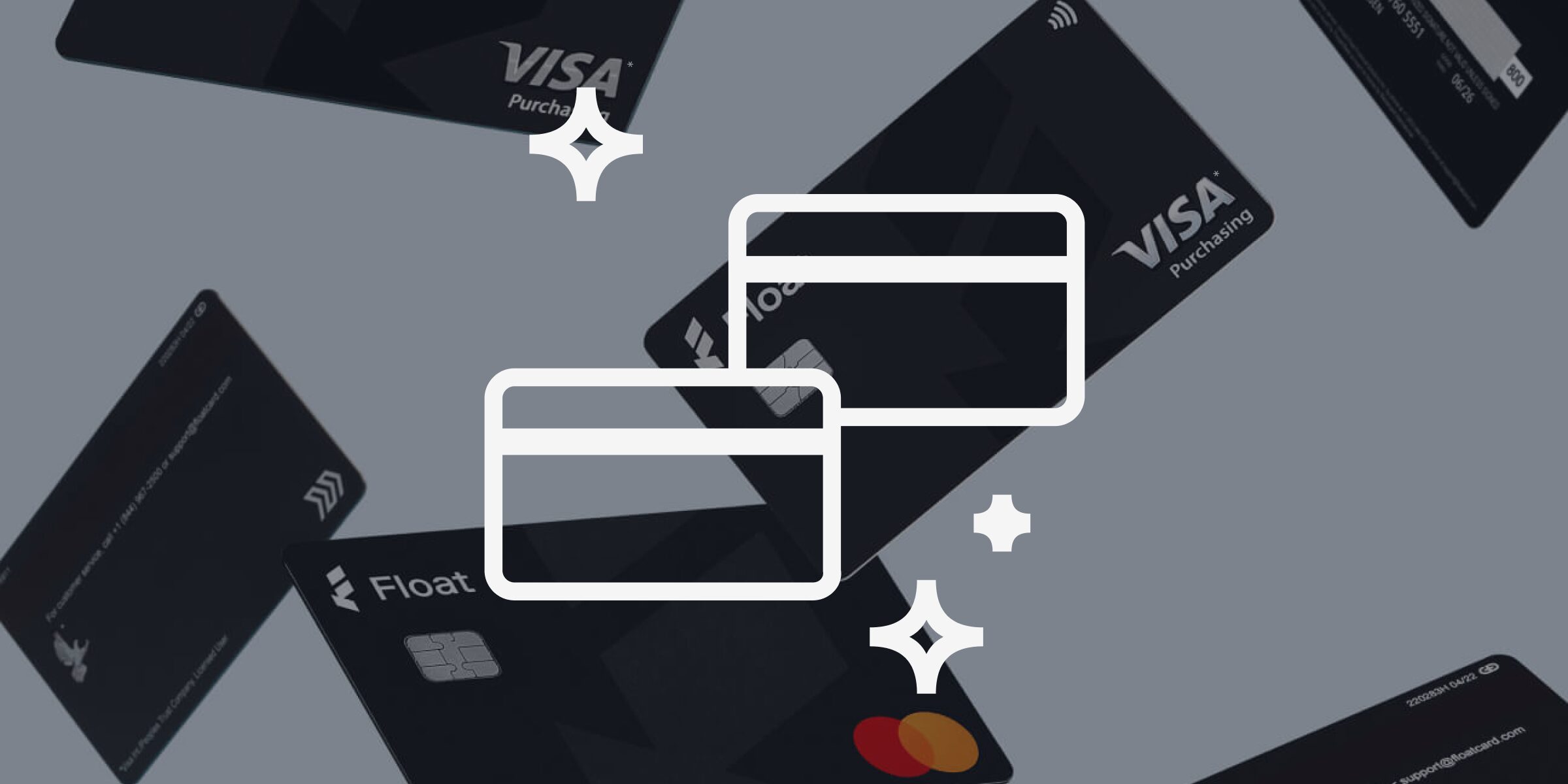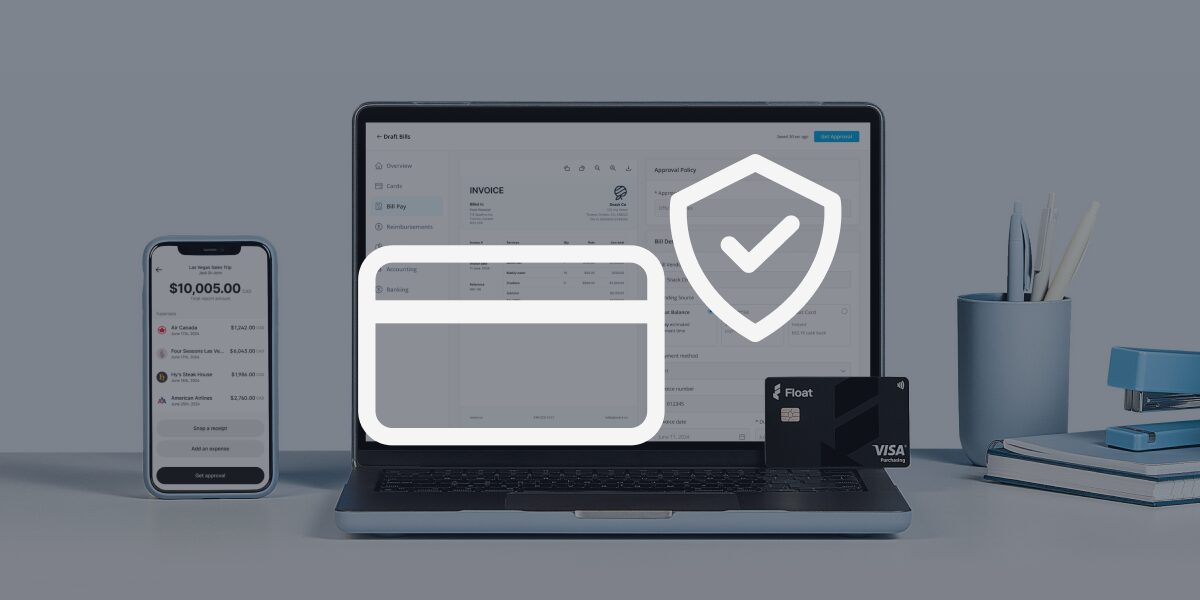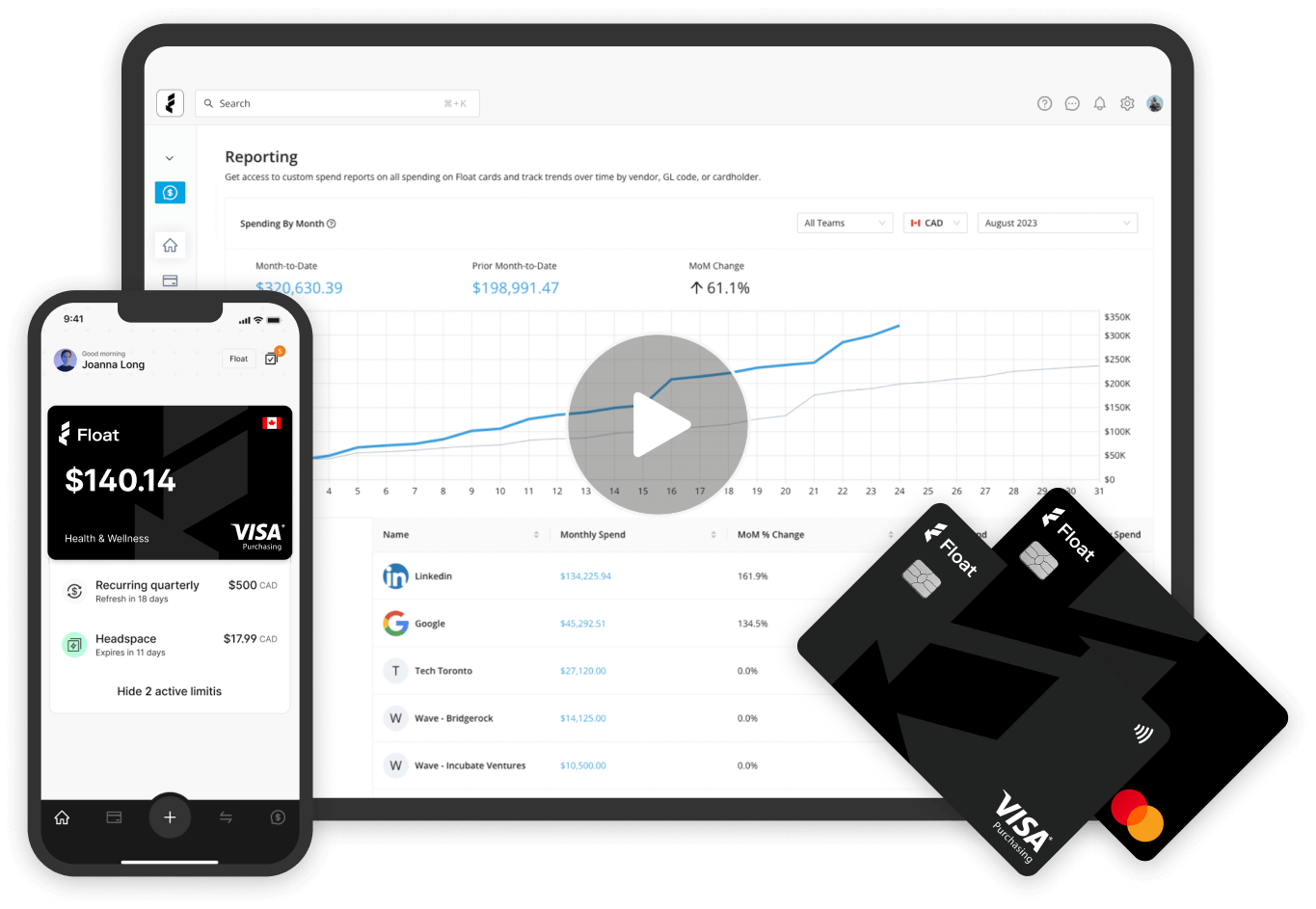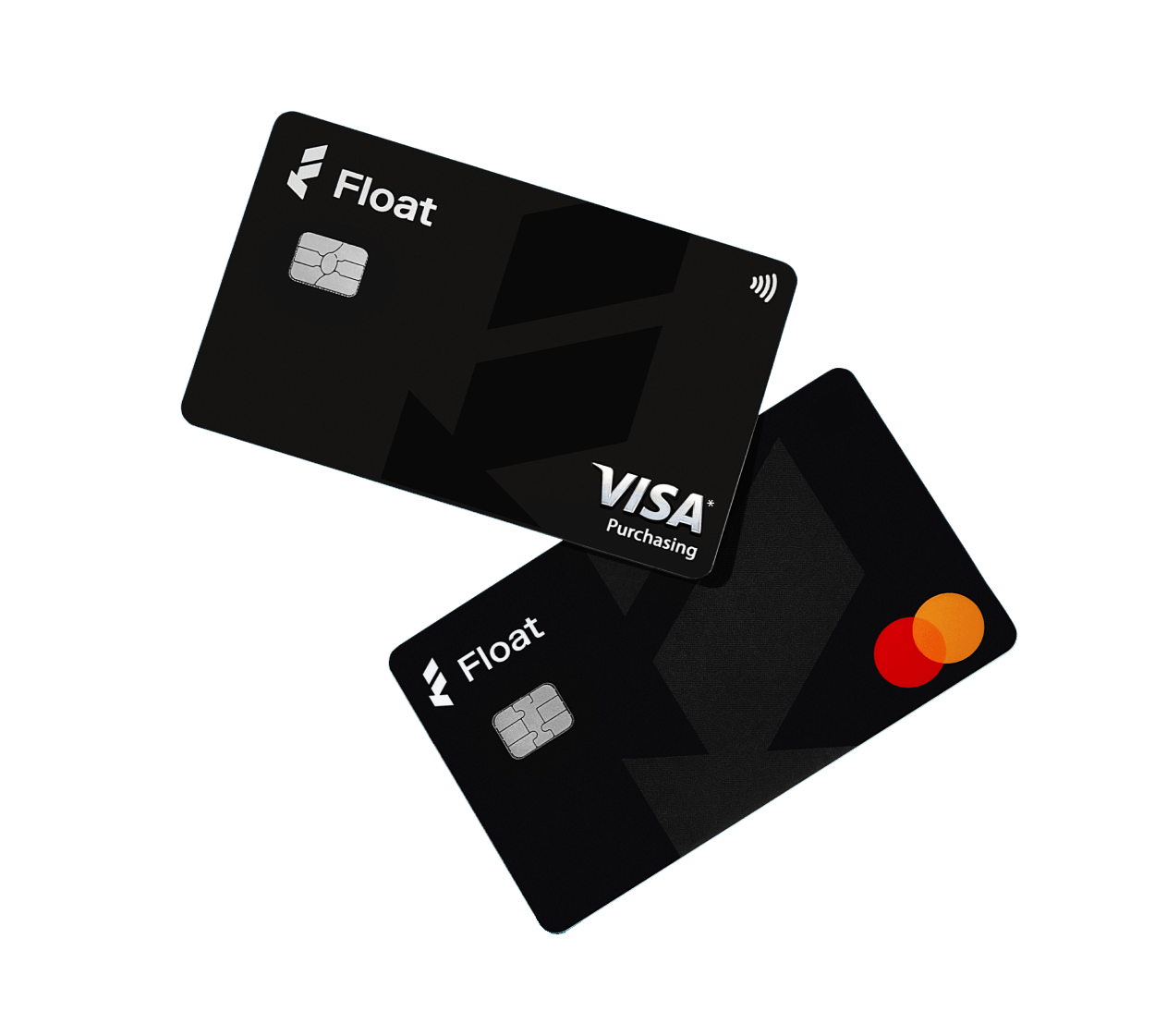Corporate Cards
Corporate Card Security Best Practices for Canadian Businesses
Corporate cards should streamline spending, not invite fraud. Seb Prost, CPA, shares the top risks he sees and how businesses can stay ahead with smart security practices.
July 21, 2025

Corporate cards should make business spending smoother, not riskier. But without the right controls, visibility or policies, even well-meaning teams can open the door to fraud, misuse and costly mistakes.
Nobody likes the thought of fraud happening in their organization, but ignoring it is not an option. The longer a dishonest employee works for the company, the greater the impact. Median costs lost to a bad actor rocket up to a quarter of a million dollars over a decade or more, according to the Association of Certified Fraud Examiners.
Seb Prost, CPA and founder of LedgerLogic, has helped guide business owners through these concerns. His firm provides tax, accounting and virtual CFO services for Canadian businesses looking to modernize their finance stack and reduce the friction of traditional banking tools.
In this article, Seb walks through the risks he sees most often and the corporate card security best practices that help companies take a proactive stance in credit card fraud prevention.
What is corporate card security?
Corporate card security refers to the systems, policies and tools a business uses to protect its company-issued credit cards from misuse, fraud or data breaches. It includes everything from setting clear spending limits and permissions to monitoring transactions in real-time, to utilizing modern platforms that automate controls and flag suspicious activity.
Why does it matter?
Without strong card security, a simple mistake, such as a shared login or a missing receipt, can snowball into a costly error, reputational hit or even a red flag that triggers an audit. For small and mid-sized Canadian businesses, the stakes are especially high: they may have fewer resources to absorb fraud losses and limited time to manually track down every charge.
When corporate card security is treated as an afterthought, teams end up reacting to problems after they happen. Imagine trying to smoothly offboard an employee without a plan in place! But when it’s built into your systems from the start, you can empower employees to spend responsibly without putting your business at risk.
The importance of managing corporate card security
Corporate card fraud rarely looks like a high-stakes heist. More often, it’s unintentional misuse or a small purchase here and there. Even so, the cost adds up. And it’s even harder to spot red flags when your team shares cards or lacks oversight.
“The lack of real-time visibility into spending is a huge issue, especially with legacy banking,” says Seb. “You might not know until month-end what was actually spent.”
Delayed reconciliations, shared cards and hard-to-cancel access are all vulnerabilities that Seb’s clients face. These issues pose a risk, especially when it’s unclear who made a charge or whether the expense aligns with someone’s role. With help, these businesses can implement more effective financial management controls, which are key to preventing corporate card misuse.
Biggest safety risks
When it comes to corporate card security, the most common risks aren’t always the most obvious. Sometimes the issues are real security risks, while others are simply due to a lack of clarity.
Here are a few of the most common risks Seb advises businesses to watch out for:
Lack of visibility
Without real-time spend tracking and timely receipt submission, unauthorized charges can fly under the radar for weeks or even months.
Shared cards
As soon as a card changes hands, there’s an opportunity for murky details or misuse. “If it’s just one card for multiple people, how do you even know who spent what?” asks Seb.
Orphaned cards
Former employees with lingering access can create serious exposure if cards aren’t cancelled immediately.
Receipt gaps and role mismatches
Expenses that don’t align with a person’s responsibilities or arrive without documentation should cause concern.
5 tips to better your corporate card security management
The risks are real, but can be managed. With the right policies and financial management tools in place, you’ll be well on your way to preventing corporate card misuse while empowering your team.
1. Develop a comprehensive corporate credit card policy
Think of your credit card policy like a seatbelt. It should click into place before anyone starts driving. It’s your first line of defence to preventing any security issues. Define who gets a card, how it should be used and what happens when someone breaks the rules.
Seb recommends setting clear eligibility criteria, pre-approval thresholds and usage guidelines tied to specific roles and responsibilities.
“Does it make sense that this person gets a card?” he says. “If someone’s in IT, maybe they need to pay for a subscription. A salesperson might need travel funds. But not everyone needs a card that can be used for anything.”
The policy should also list prohibited uses (like personal expenses) and the consequences for credit card misuse. And don’t let your corporate credit card policy collect dust. “Review it periodically, especially if there are changes in how the business operates,” says Seb.
Try Float for free
Business finance tools and software made
by Canadians, for Canadian Businesses.
2. Implement financial management controls
Internal controls are essential for spotting fraud early. For example, you can assign individual cards instead of shared ones for more clarity. “You want to be able to track an expense back to an individual, not a team,” Seb says.
Real-time transaction feeds help business owners or accountants flag issues quickly. “You can pop into Float and review expenses daily if you like,” says Seb.
Other smart controls include:
- Regular reviews by accountants or management
- Setting and reviewing transaction limits
- Segregation of duties so the same person isn’t both spending and approving
3. Use technology to enhance security
Legacy systems walk. Modern solutions run, with real-time visibility, instant card controls and tech that doesn’t make you beg a banker for a call back.
“Instant card issuance and freezing is a big one,” says Seb. “If somebody joins or leaves, you can issue or cancel a card right away with no need to call the bank.”
He also recommends category-level restrictions. “If you can limit based on what the person actually needs, that’s super helpful,” he says.
Other features that stand out include:
- Adjustable spending limits that reflect project budgets or one-off needs
- Cloud accounting integrations that eliminate manual data entry
- Automatic receipt capture and reminders to cut down on paperwork and errors
“Automation helps catch issues early and significantly reduces the administrative burden on finance teams,” says Seb.
4. Set appropriate corporate card limits
Card limits aren’t one-size-fits-all. “Base limits on the employee’s role and the type of expenses they might incur,” Seb says. A salesperson might need more flexibility, while admin staff might only need a small recurring amount.
He also suggests adjusting corporate card limits monthly as needed, such as during busy seasons or when attending a trade show. He also recommends enabling real-time alerts so employees know when they’re approaching their cap.
5. Educate employees on security best practices
Policies only work if people follow them. “It starts with clear communication and training,” says Seb.
He recommends a quick onboarding session when issuing cards, including examples of acceptable and off-limits purchases. “Equally important is reinforcing that card access is a responsibility, not a perk.”
Seb also flags receipt collection as a chronic pain point. “Especially for outsourced bookkeepers, it’s hard to get clients to provide supporting documentation,” he says. That’s where Float’s automated reminders can offer help.
“When employees get a text reminder to upload their receipt right away, it makes a big difference,” says Seb. “It reinforces good habits.” Finance teams can also offer transparent feedback to help employees stay compliant without friction.
Corporate card security compliance requirements
Protecting corporate card data is not only just a best practice to reduce your risk, but it’s also essential for compliance. In Canada, finance leaders navigate multiple overlapping obligations, particularly when managing employee data, customer information or financial transactions.
Here’s what you need to know:
PCI-DSS compliance
If your business processes, stores or transmits cardholder data (even via employee-submitted receipts), you’re subject to Payment Card Industry Data Security Standards (PCI DSS). Float is PCI-DSS compliant, helping reduce the burden on your internal IT and finance teams.
Privacy regulations
Under the Personal Information Protection and Electronic Documents Act (PIPEDA), Canadian companies are required to protect personal data, including information tied to identifiable financial activity. If you’re logging or tracking employee spend, proper storage and access controls are critical.
Audit trails and internal controls
Whether for Canada Revenue Agency (CRA) review or financial due diligence, businesses must maintain clear records of expenses and enforce internal controls to ensure accuracy and compliance. Segregation of duties, spend approvals and consistent documentation help satisfy audit requirements and reduce fraud risk.
Unlike legacy systems that leave gaps in compliance tracking, Float includes built-in audit logs, digital receipt storage, real-time approvals and System and Organization Controls (SOC) 2 Type 2 certification, making it easier to stay compliant without a patchwork of manual processes.
Float’s corporate card security vs. traditional business cards
Let’s face it. Today’s fraud risks and the speed of business weren’t considered when major Canadian banks designed traditional business cards. Most offer the basics: a credit limit, one or two physical cards and a statement at month end. Beyond that, it’s mostly up to your team to chase down receipts, monitor spending, and try to spot problems after the fact.
Here’s how that compares to a modern, security-forward platform like Float.
| Feature | Traditional Bank Cards | Float |
| Card issuance | Manual, often takes days | Instant, virtual or physical |
| Spending controls | Set once by bank | Custom limits per card, user, project or category |
| Transaction visibility | Delayed (monthly statements) | Real-time feeds, live notifications |
| Security features | Basic fraud detection, often reactive | Instant freezing, role-based permissions, SAML Single Sign-On for Professional Plan members, multi-factor authentication for all Float customers |
| Receipt management | Manual, after-the-fact | Automated matching + reminders |
| Compliance support | Little to no visibility | SOC 2, PCI-DSS, audit logs built in |
With Float, corporate cards help enable spending while also enforcing policy, limiting exposure, and making fraud much harder to pull off. You can issue a new card, set a limit and shut it down in seconds.
With a traditional bank, that’s a phone call, paperwork and a few days’ wait. Speed and control matter more than ever, especially when you’re growing rapidly or handling sensitive budgets.
A smarter path to corporate card security
Float works to reduce fraud, improve workflows and help finance teams sleep a little better at night.
Card security shouldn’t be a damage control measure. Build smart habits into your spend process from day one, and skip the nightly teeth-grinding and month-end panic.
Seb often recommends Float to clients because it streamlines corporate card management for everyone. “We get that visibility on credit card spend. It makes it easier for them, and makes it easier for us,” he says.
Want to see if Float is right for you? Book a demo today.
Learn more about Float
Get a 10-minute guided tour through our platform.
Written by
All the resources

Expense Management
How Do You Handle Employee Reimbursements Efficiently?
Learn how to simplify employee reimbursements with efficient, scalable strategies for small businesses and growing finance teams.
Read More
Corporate Cards
Amex Global Platinum Dollar Card Alternatives for Canadian Businesses in 2026
Canadian businesses are dealing with the discontinuation of the Amex Platinum Global Dollar Card and looking for a replacement card.
Read More
Expense Management
CDIC Insurance for Canadian Business Banking: Complete Protection Guide
Uncertainty about where your money sits—or whether it’s protected—is the last thing any business needs. That’s why understanding CDIC insurance
Read More




